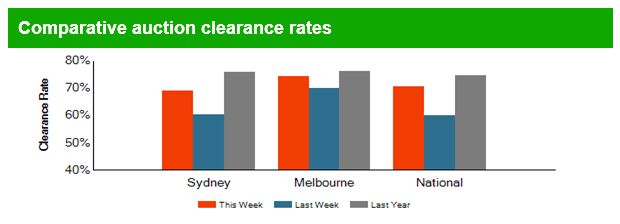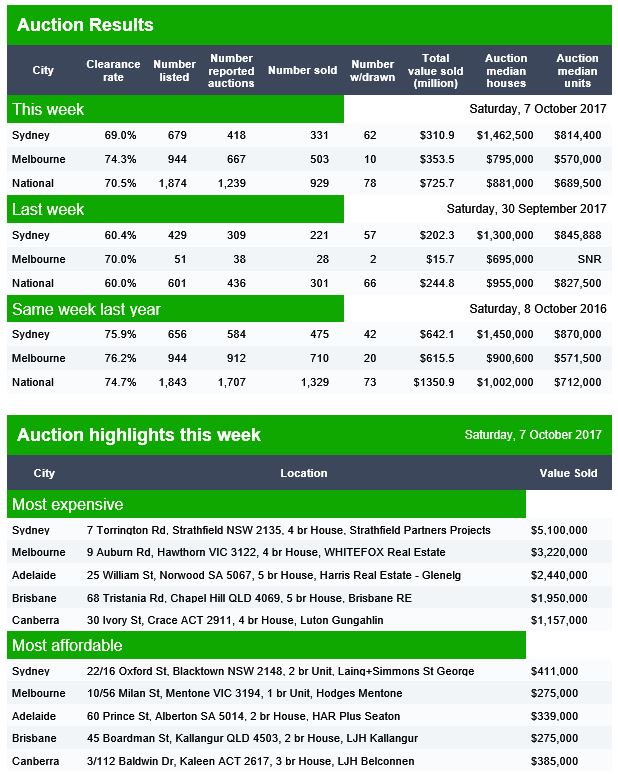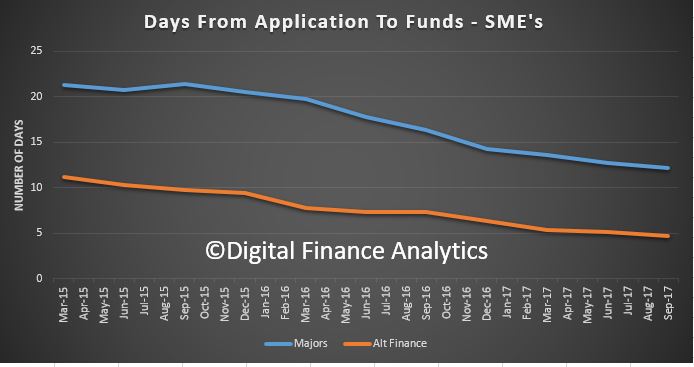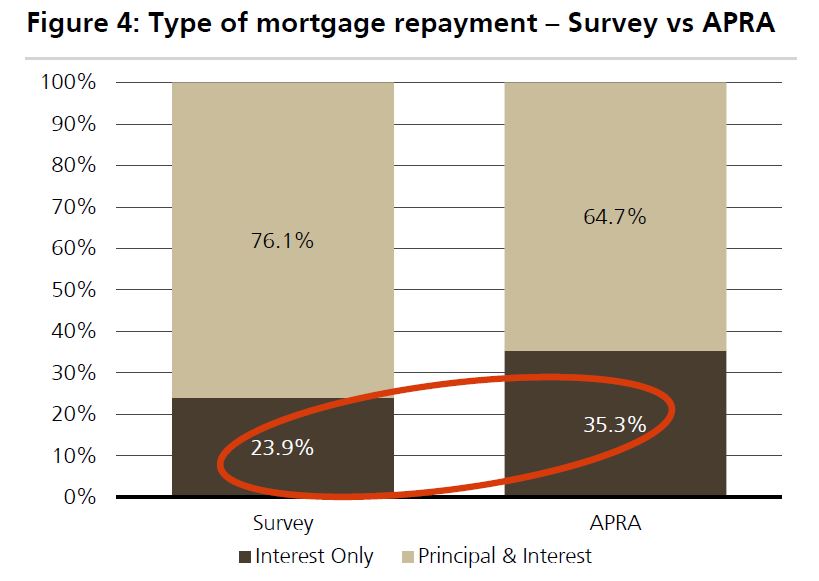Australian households are in a vulnerable financial position, especially those who have taken out a mortgage. And in an era of weak incomes growth, soaring energy prices and high levels of indebtedness, with the prospect of higher interest rates on the way, many intend to cut discretionary spending in anticipation of even tighter household budgets.
That’s the finding of the latest AlphaWise survey conducted by Morgan Stanley, which paints an unsettling picture on the outlook for not only Australia’s retail sector, but also the broader economy.
Yes, the weakness in retail sales over the past two months may soon become entrenched. The “crunch time” for Australian households, as Morgan Stanley puts it, has begun.
“In early June, we expressed the view that the Australian consumer faces a domestic cash flow and credit crunch,” the bank wrote in a note released this week.
“Income growth has not recovered, ‘cost of living’ inflation is re-accelerating and ‘macro-prudential’-related tightening of credit conditions is extending from housing into consumer finance.”
In order to test how households may respond to higher interest rates, whether as a result of macroprudential measures to slow investor and interest-only housing credit growth or official moves from the Reserve Bank of Australia (RBA), Morgan Stanley conducted a national survey of 1,836 mortgagors to identify household conditions during late July and early August.
Australia’s 2016 census found that 34.5% of households were currently paying off a mortgage.
Morgan Stanley says the survey was designed to provide insight into the health of the household balance sheet, including their spending intentions as a result of higher mortgage rates.
The news was not good.
“Findings from the AlphaWise survey confirm the stresses in the consumer sector we have been highlighting for some time now,” it says.
“Most households have minimal buffers against a shock to their income, and expect to respond to higher debt servicing costs by drawing down on savings and cutting back on expenditure.
“Other sectors of the economy may be able to offset some of the headline weakness, but the concentrated exposure of the household sector and economy to an extended housing market is posing an increasingly important structural and cyclical risk to consumer spending.”
Of those households surveyed, 54% said they intended to cut back on expenditure in response to higher interest rates, with a further 25% planning to draw down on their savings to cope with higher servicing costs, a pattern that has been seen in Australia’s savings ratio which fell to a post-GFC low in the June quarter.
Somewhat alarmingly, 40% of those surveyed indicated that they did not save at all over the past year, particularly among low-income households.
“Respondents to the survey had extremely small income buffers, with around 40% stating that they did not save over the past year,” Morgan Stanley says.
“This was the case across the income distribution, including 30% of those earning more than $100,000.
“The RBA has referred to such households as living ‘hand-to-mouth’, and they largely attributed the lack of savings to an absence of income growth and a general increase in expenses, with a skew towards necessary rather than discretionary items.”
The bank says that the survey’s findings marry up with its consumer “crunch time” thesis where discretionary spending gets squeezed due to flat wage growth, rising essentials costs and tightening credit conditions.
And, perhaps explaining why consumer sentiment remains at depressed levels, Morgan Stanley says the majority of households expect this trend to continue.
“Only around 13% of respondents expect to be able to save more in the next 12 months,” it says.
“With households increasingly eating into their savings to fund expenditure, any shock to disposable income via further rate rises or lower income would have a disproportionate hit to consumption.”
For those unable or unwilling to draw down further on their savings, the survey found that many planned to cut back discretionary spending levels, especially when it came to holidays and social occasions such as entertainment or eating out.
“The survey suggests Holidays/Vacations and Entertainment/Dining are the categories consumers are most likely to cut back on as interest rates rise,” the bank says.
Providing clout to that view, it also mirrors weakness in the Ai Group’s Performance of Services Index (PSI) for September which revealed that activity levels across Australia’s hospitality sector — measuring accommodation, cafes and restaurants — declined at the fastest pace on record in September.
“Respondents in retail and hospitality are reporting reduced spending by consumers due to a mix of increased household electricity costs, flat income growth, and relatively poor consumer confidence,” the Ai Group said following the release of the PSI report.
Separate data from the Australian Bureau of Statistics (ABS) also found that spending at cafes, restaurants and takeaway food services fell by 1.3% in August, more than twice as fast as the decline in total retail sales over the same period.
Once is an anomaly, twice is a trend.
Throw in a third indicator, suggesting that households intend to cut back spending in these areas, and it’s understandable why many think this could be the start of a prolonged period of consumer weakness.
Morgan Stanley certainly thinks it is, forecasting that household consumption growth — the largest part of the Australian economy at a smidgen under 60% — will decelerate sharply over the next 18 months.
“We forecast the squeeze on overall disposable income will see discretionary consumption volumes slow to just 0.2% in 2018, dragging overall consumption growth down to 1.1% and well below consensus of 2.5%,” it says.
That growth in overall consumption next year would be only half the level Morgan Stanley is currently forecasting for 2017.
Given that pessimistic outlook, it says that official interest rates will remain unchanged at 1.5% throughout next year, making it somewhat of an outlier compared to current consensus.
“Combined with a broader slowdown in the housing cycle, we see the RBA staying on hold at 1.5% right through 2018, in contrast to the market pricing of a tightening cycle commencing [in the second quarter of next year]”.
And, given the risks, it says that government investment may need to ramp up even further in order to reduce recession risks.
“[Against] this backdrop, we see the gathering momentum behind a public investment program as necessary to mitigate recession risks, rather than sufficient to drive overall growth back to, or above, trend.”
The RBA’s latest forecasts have GDP growing at 3.25% by the end of next year before accelerating to 3.5% by the end of 2019. Both figures are well above the 2.75% level that many deem to be Australia’s trend growth level.
If Morgan Stanley is right about the largest and most important part of the Australian economy, those forecasts will be hard to achieve.
In such a scenario, it’s unlikely that wage or inflationary pressures would build to a sufficient level to justify a rate increase from the RBA. Indeed, it would likely spur on renewed talks of rate cuts, particularly should business and government investment start to weaken.
While there are plenty of good signals being generated by the Australian economy for the RBA to be optimistic about, especially when it comes to the labour market, should the household sector weaken further — and there’s more than a few signs that it is — it’s unlikely that the RBA would respond by making it even tougher for household budgets.
Morgan Stanley says the AlphaWise survey has a margin of error of +/-1.92% at a 90% confidence level.













